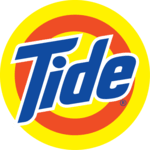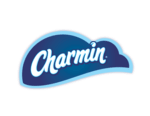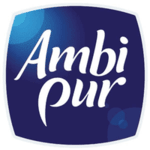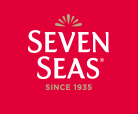History of Procter and Gamble
Procter & Gamble (P&G) is a multinational consumer goods corporation known for its vast array of household and personal care products. Founded in 1837 by William Procter and James Gamble in Cincinnati, Ohio, the company initially produced candles and soap. One of its earliest and most successful products was Ivory Soap, introduced in 1879 as a pure white soap that floated, a novelty at the time. This innovation helped establish P&G as a leader in the soap market and laid the foundation for its future success.
Over the years, P&G expanded its product line and diversified into various categories, including laundry detergents, beauty products, healthcare, and baby care. In 1930, P&G introduced Dreft, the first synthetic detergent for home laundry use, which revolutionized the way people cleaned their clothes. This was followed by the launch of Tide in 1946, which became one of the best-selling laundry detergents in the world and solidified P&G's dominance in the laundry care market.
P&G continued to innovate and acquire brands to strengthen its portfolio. In 1985, it acquired Richardson-Vicks, expanding its presence in the healthcare and beauty sectors with brands like Vicks, Clearasil, and Olay. In the 21st century, P&G further diversified its offerings with acquisitions such as Gillette in 2005, adding iconic brands like Gillette, Venus, and Braun to its lineup. Today, Procter & Gamble is a global powerhouse, with a presence in over 180 countries and a diverse portfolio of well-known brands that touch the lives of billions of consumers worldwide.












































